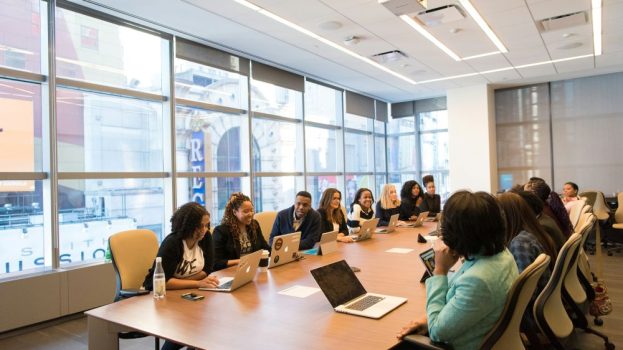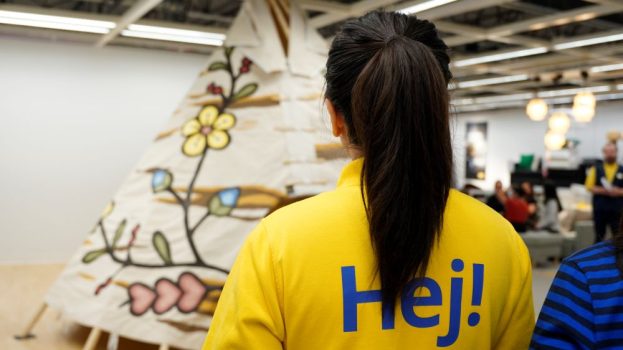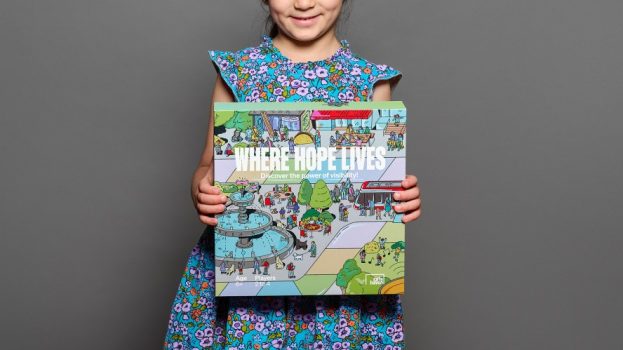The role of chief diversity officer isn’t new. Pioneered in the civil rights era, the position fell out of vogue for decades before the murder of George Floyd in 2020 – and then it resurged in popularity.
Dr. Sarah Saska, co-founder and CEO of Feminuity, points to LinkedIn research showing the number of people with head of diversity or similar titles has more than doubled in the past year, and there has also been an increase in DEI-related jobs, be they chief diversity officer or anything else related.
But since the summer of 2020, progressive-minded skeptics have begun to question the effectiveness of the office – and those questions aren’t without merit. Through its research and from the perspective of a firm that often functions as a diversity consultancy – “effectively doing what a CDO does for businesses,” Saska says – Feminuity has found that, often, “DEI efforts are super reactive and really underfunded.”
“More often than not, organizations will have six months to a year of budget line for this effort, but if you look at their product or any other part of their business, they’d have projections for the years ahead,” Saska explains. “I think a lot of executives don’t understand the breadth, depth and intensity of the work.”
At the crux of the issue is that these roles – and the efforts tied to them – aren’t established with longevity in mind. Corporations “think that they’ve hired a CDO and that person is going to fix all of the problems – all of the inequity – within the next six months. That’s just not realistic. This issue is more complex,” says Saska.
Beyond the lack of long-term commitment, many companies also tend to hire or promote someone into the role “in a very tokenized manner,” without considering the highly specialized and wide-ranging skillset and qualities they need to expect their CDO to possess. This, combined with the lack of serious funding and support, leads to burnout and a quick exit.
“It’s such a wild skillset – everything from change management to education and curriculum development to bridge-building and politicking to strategy development, and beyond,” Saska notes. “If you just take your most senior person who ticks a box in a tokenizing way and then you don’t fund or resource them and don’t give them any sort of meaningful power, you’re setting them up for failure and that’s emotionally taxing. I think that’s a big part of the reason we see such high turnover for these roles.”
So how can things work better?
To start, “organizations need to get really clear and honest about why they want to introduce the role,” Saska says. That means considering whether it’s for PR purposes, or if they really want to overhaul their product to make it more accessible, or diversify their organization through HR and recruitment policies.
“All of these questions will help them to inform the type of efforts they want to be taking on. Do they want to be more holistic, or more targeted? There’s not necessarily a right or wrong answer – but getting clear on the why and the what, and also making sure they have the budget line for these efforts for the next three to five years at a minimum and understand this is a sustained thing – is important,” she adds.
Saska also says that, in Feminuity’s experience, the organizations that are most successful in DEI efforts are those that undertake them “in a more decentralized way.”
“There certainly should be someone leading the conversation, such as a CDO, but they should be supported by diversified groups, whether internal task forces or squads or whatever else it may be,” she explains. “They should be tackling the different aspects of DEI, from HR and recruitment to product, and so forth. This is not a one person job, and it can’t be one.”























